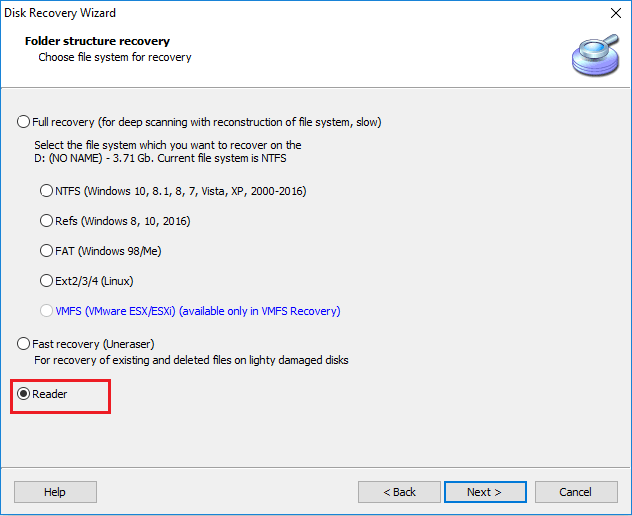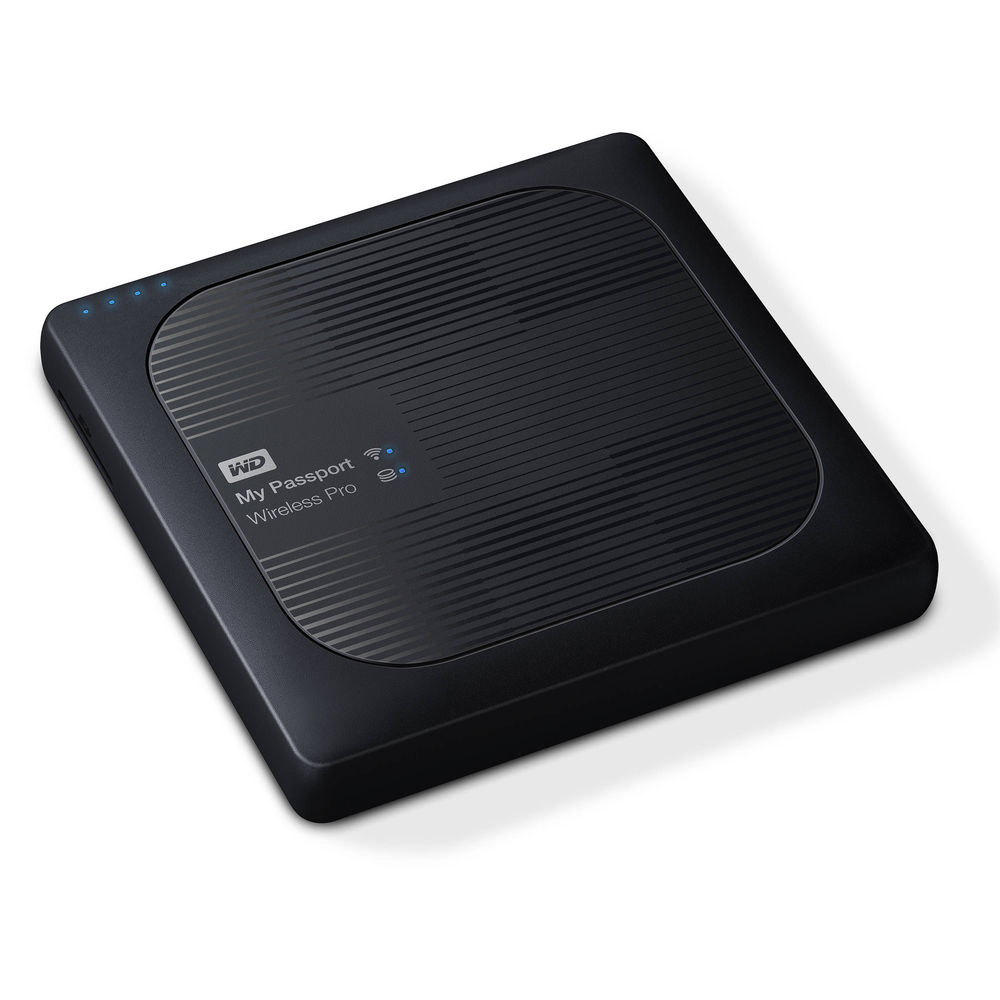

For the JPEG, you can simply select the smallest size that your camera will allow. The workaround, if you find it too disconcerting to have no visual confirmation of the Raw files in the folders, is to set your camera to Raw+JPEG. Given the growing number of apps that do support the viewing of Raw files, I hope this is something that WD considers for any future versions.

You can see them in the folder to confirm they have transferred from the SD card, but you can't view the actual image, or even the embedded JPEG thumbnail. It shouldn't come as a surprise, but it's not possible to preview Raw files that are stored on the drive. If auto-import is turned off, the app, or a computer, is needed to start the downloading process.įrom a functionality point of view, the app has some notable limitations. You can choose to have files on the card deleted after import, and you can also choose whether importing takes place automatically as soon as a card is detected. The settings menu in the app also gives you the important control over how the SD card is treated when inserted into the drive. The My Cloud app has a simple interface that shows you the drive's current battery status, as well as how your storage is being used. Network discovery took a while but once the drive was on the network, my iPhone was able to connect to the internet through the drive with no issues. Wi-Fi connection requires you to connect directly to the drive in your mobile device's Wi-Fi settings, but since the My Passport Wireless can also act as a mobile hotspot, you can stay connected to the internet once you have logged the drive itself onto your network using the app. I was able to view and quickly browse the collection of sample media files that come pre-loaded on the drive. But how practical is this solution? My Cloud AppĪfter downloading the WD My Cloud app from the App Store, initial wireless connection to the drive was a breeze. A camera, an tablet computer and a My Passport Wireless should, in theory, give you everything you need to backup and verify your images on the road. When launched, the My Passport Wireless immediately caught my attention because it looked as though it might solve the problem of being able to view your backed up images in a larger format, but without the need for a bulky laptop.

As the price of CF and SD media has fallen, this has become a more and more practical option and the number of cameras that feature dual card slots has also been on the rise. In more recent years I've tended to recommend that people shoot to two memory cards in the camera and use this as their backup method. The user interface left a little to be desired, but it did exactly what it said it would do and copied everything off your card and onto its internal drive. Some years ago I explored a product from HyperDrive called the Colourspace UDMA which was essentially a hard drive with a built in CF card reader and a screen on it. Sometimes it's simply not practical to carry a laptop, along with the necessary card reader and power adapter, particularly if your destination is a remote one.
Wd my passport is raw android#


 0 kommentar(er)
0 kommentar(er)
